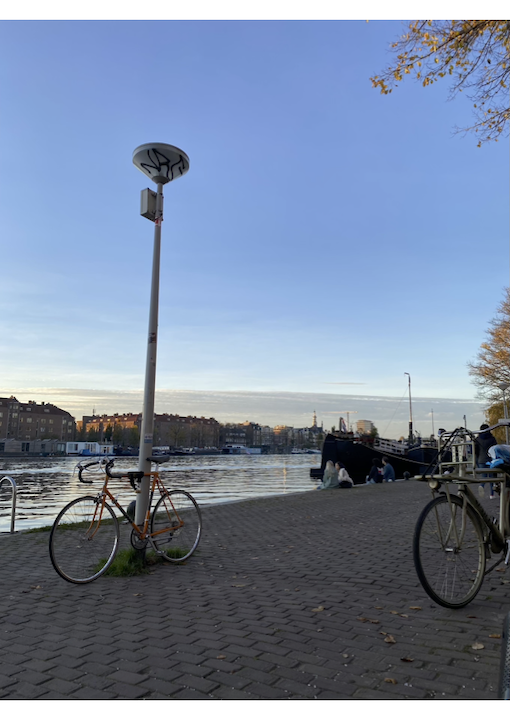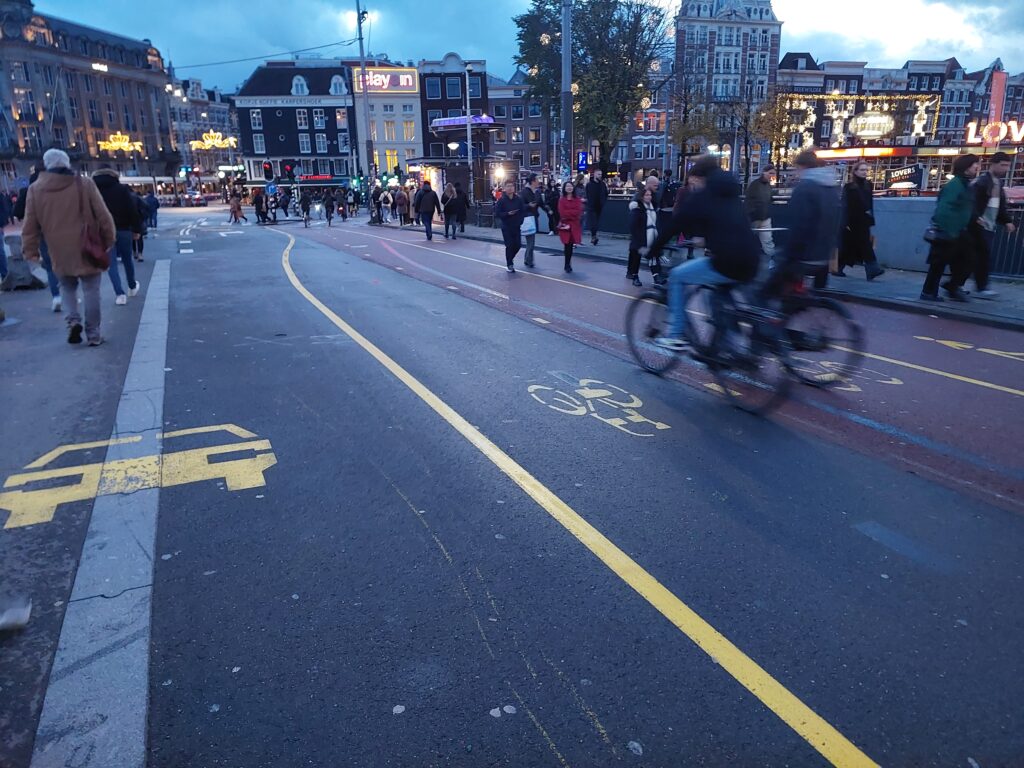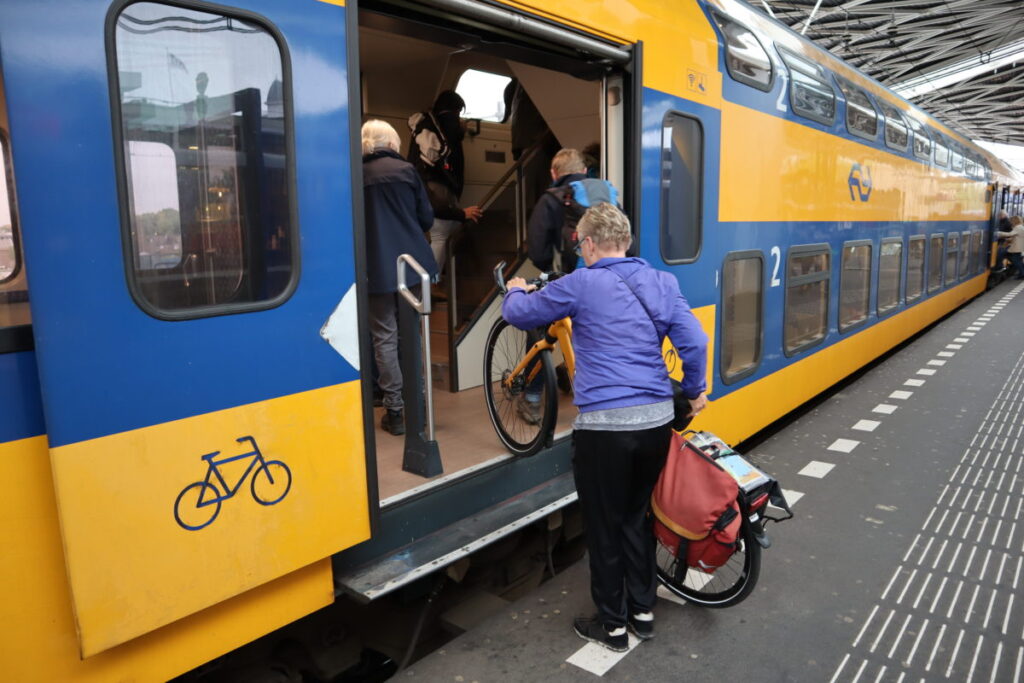Written by Erik van Marissing| LinkedIn
The “cyclist” no longer exists, because there are bicycles in all shapes and sizes and just as many types of people riding bicycles. Nevertheless, principles such as speed, efficiency and comfort are still predominant in the design and organization of streets. For some people, this approach causes tension and discomfort and can lead to problems. For example, some may find it too difficult to keep up with traffic and decide not to cycle at all. The danger of exclusion is lurking and sometimes this is already happening at the moment. It can lead to unequal opportunities when it comes to access to work, social contacts and healthcare facilities and thus to unjust and undesirable situations.
On behalf of Tour de Force and CROW, we explored the challenges that municipalities face when it comes to inclusive cycling policy. To this end, I spoke with policymakers from Amersfoort, Eindhoven, Utrecht and Zoetermeer and we organized a working meeting in which we jointly interpreted the insights from the interviews. In the report ‘Working on inclusive mobility in urban areas’ (Dutch version here, English version here), we show that a new perspective is needed on cycling policy, we explain why it is so important to better understand what prevents people from cycling and we show what municipalities can do to improve conditions for vulnerable (non-) cyclists.
Strategic policies go beyond tweaks ‘here and there’
The core ambition of Tour de Force is to promote cycling in the Netherlands. They do so by developing and supporting projects that are as practical and concrete as possible. Our research on inclusive cycling required them to step out of their comfort zone and look at cycling mobility from a different perspective. Making the city truly inclusive is not about making adjustments here and there, but requires big gestures and radical choices. Based on the interviews, we conclude that municipalities must dare to choose for vulnerable citizens who may experience exclusion in certain places and on certain topics. There is too little open discussion about this: what will the city of the future look like if we apply principles of justice and social equality and what values go with that? These are essential, sometimes almost philosophical questions that deserve absolute top priority.
Understanding mechanisms of exclusion is the key
It surprised us how little our interviewees knew about the mechanisms that lead to people not cycling (or no longer cycling). In fact, interviewees had a rather limited view of who inclusion policies are for, or even who is not cycling. This seemed to be related to the environmental and technical aspects of the discipline of city and mobility planning – most interviewees quickly turned to people with disabilities and issues surrounding accessibility (especially among elderly). However, inclusive cycling policy is much broader than that and also concerns people experiencing fear, social stigma, language difficulties, poverty, racism, discrimination and cultural diversity. We show very clearly why it is so important that we look at this issue from a much broader, intersectional perspective: why do people avoid certain times, places or situations when they go cycling? Why do they sometimes prefer the relatively more expensive public transport to their own bicycle? And how can we avoid putting people who are already vulnerable at an additional disadvantage, for example with difficult and expensive procedures for applying for an exemption?
Cycling promotion as a social challenge
Our research shows that cycling promotion is not just about red asphalt, smart traffic lights and better parking facilities, but that we also need insights into the considerations that planners make and the ways in which policy influence norms and behaviors. In a cycling country like the Netherlands, the Dutch tend to say that we already know everything and that public space and public services are well-organized – but our research shows that vigilance is needed. Classic interest groups such as the Cyclists’ Union and Client Interest no longer reflect the diversity that characterizes the ‘non-cyclist’. Local municipalities will have to work very hard to ensure that there is broader representation in policy and planning, to question deeply-ingrained norms and assumptions. Otherwise, efforts to promote cycling may fall flat.
A first step towards more inclusion
The research revealed a number of good examples, such as “Nice walking, nice cycling” in Utrecht and a project with e-bikes for children in special education in Amersfoort. What these examples have in common is that they place the bicycle at the center of finding solutions to issues in multiple areas, such as mobility and health, and that they focus on opportunities rather than obstacles. This way of thinking characterizes the new perspective on cycling, where cycling – just like walking – is no longer ‘framed’ as the best alternative to the car, but forms the basis for new narratives. Working from trust and having an eye for diversity are crucial conditions for an inclusive city. We therefore ask how we can ensure that local municipalities no longer regard vulnerable residents as exceptions, requiring tailor-made solutions, but instead take them as a starting point for an inclusive cycling policy.
Creating a knowledge base
Network organizations like Tour de Force can help municipalities learn and inspire, or increase both the theoretical and practical knowledge needed to work on inclusive cities. Think of seminars, symposia, working groups and excursions. In addition, we think publishing about complex concepts such as inclusion and social equality on websites and in newsletters is necessary to put things on the agenda and inform civil servants working on cycling mobility. We hope that working on inclusive cycling policy receives even more attention and that good examples, but also educational missteps, are more often shared. Finally, and with help from third parties, we will examine whether it is possible to provide technical support to municipalities so that we can make progress in the field of making inclusion measurable and transparent. We may even be able to work on new standards and manuals for municipalities regarding social equality and justice.
This article was made possible thanks to our colleagues Bárbara Oliveira Soares, Anna Nikolaeva and Matthew Bruno for their active contribution. Read the full report in English or in Dutch.
Tour de Force is a collaboration between governments, market parties, social organizations, knowledge institutes and platforms that are committed to a stronger cycling policy in the Netherlands.
Marissing, E. van & M. Glaser (2024), Working on inclusive mobility in urban areas. Experiences from Amersfoort, Eindhoven, Utrecht and Zoetermeer. Amsterdam: Urban Cycling Institute.



